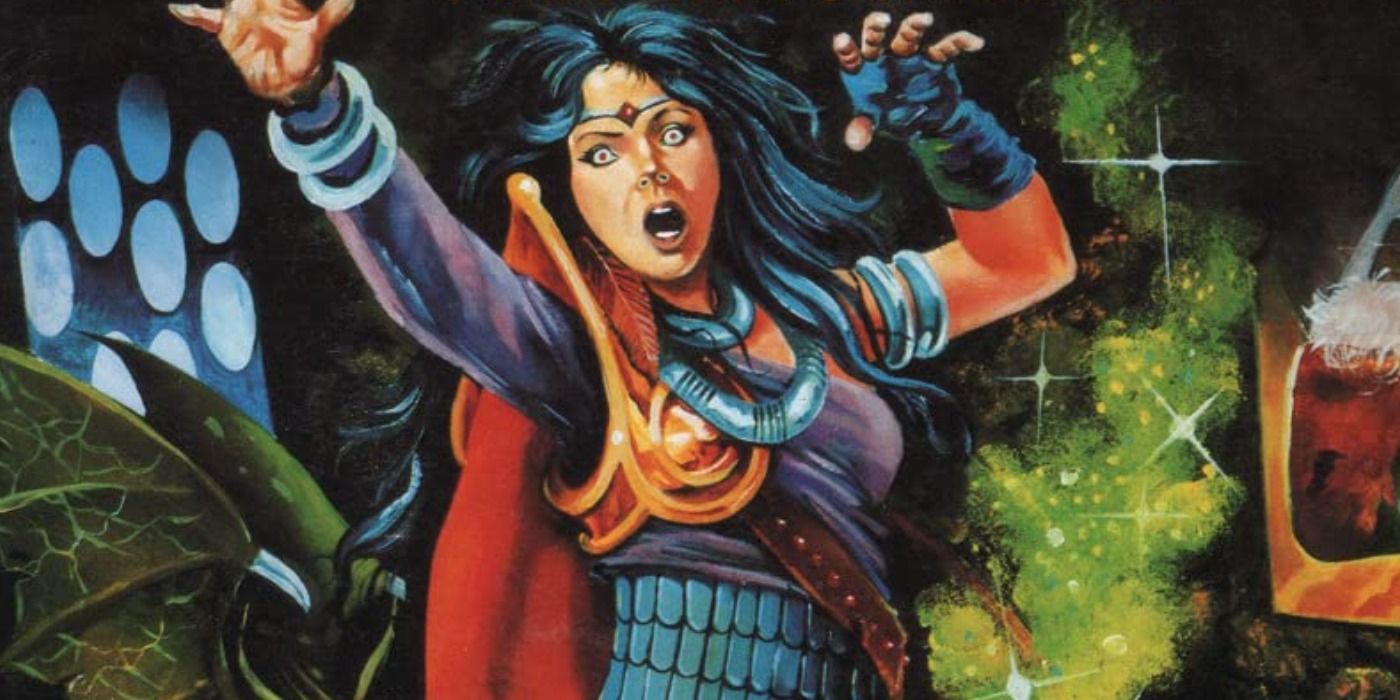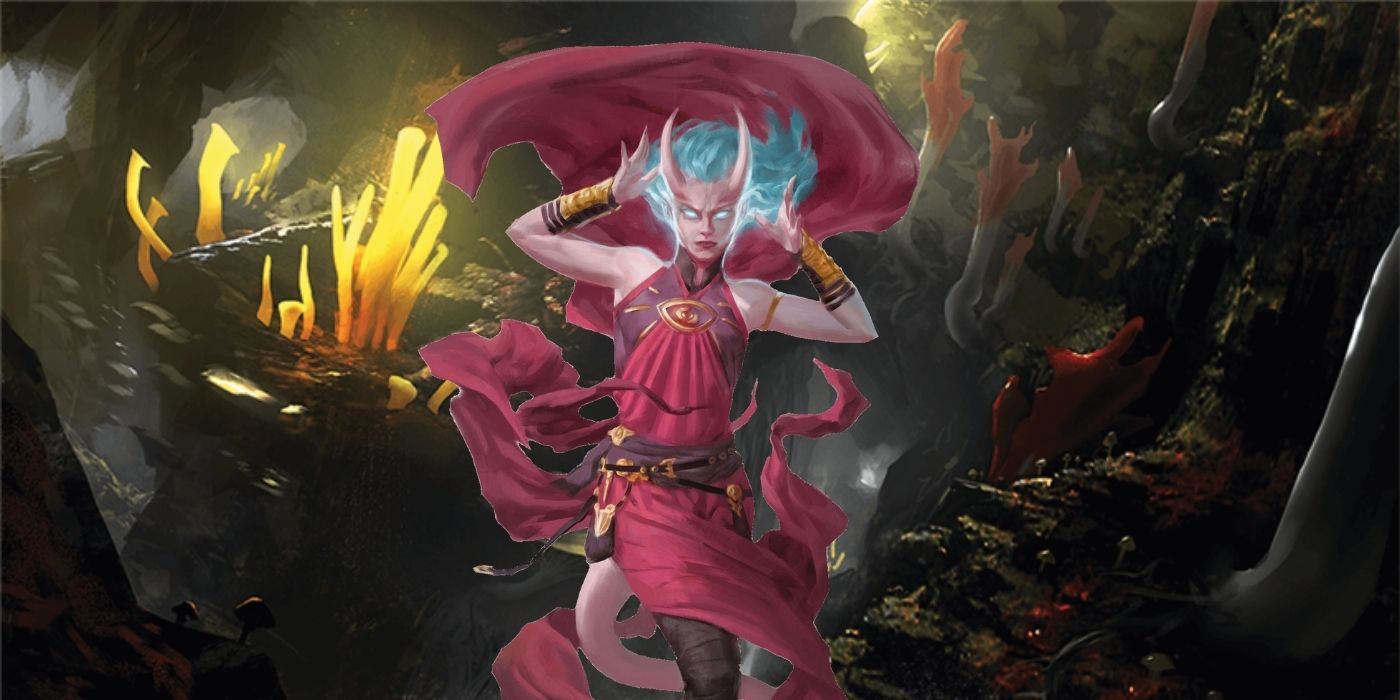Illusion is one of the eight schools of magic in Dungeons & Dragons, with its spells able to create hallucination-style effects. These can make enemies see things that aren't there, or create nightmarish visions that can tear the minds of foes apart. Illusionists started out as their own class, before becoming one of the specialist mages in Advanced Dungeons & Dragons, and being the favored choice for gnomes throughout the multiverse.
The Wizards who choose D&D's School of Illusion for their Arcane Tradition gain some decent supplemental abilities. The Improved Minor Illusion level two feature lets the caster combine visuals and sound when casting minor illusion, drastically increasing the quality of the cantrip. The Malleable Illusions level six feature lets the caster change the nature of an existing illusion, allowing them to keep a ruse running for a bit longer. The Illusory Self level ten feature is amazing, as it creates an illusory double that eats one attack, with no roll necessary. The fact that Illusory Self replenishes on a short rest makes it even better. The Illusory Reality level fourteen lets the player weave shadow magic into their illusions, giving it substance for one minute. This is akin to having a Green Lantern ring, except that the shadow illusions cannot deal damage. This is still an amazing feature, with near limitless utility.
The Player's Handbook lists all spells alphabetically, with the specific schools noted in the spell descriptions, rather than the initial lists. This guide contains all of the illusion spells in Dungeons & Dragons that are used by every class in the game, with notes next to all of the ritual spells. The guide also contains all of the illusion spells that appear in official rulebooks, such as Tasha's Cauldron of Everything and Xanather's Guide to Everything, all of which are marked, so players know where to find these spells if they wish to learn more.
The Illusion Spells In Dungeons & Dragons
Illusion Cantrips
- Minor Illusion
1st Level Illusion Spells
- Color Spray
- Disguise Self
- Distort Value (Acquisitions Incorporated)
- Illusory Script (Ritual)
- Silent Image
2nd Level Illusion Spells
- Blur
- Invisibility
- Magic Mouth (Ritual)
- Mirror Image
- Nathair’s Mischief (Fizban’s Treasury of Dragons)
- Nystul’s Magic Aura
- Phantasmal Force
- Silence (Ritual)
- Shadow Blade (Xanathar’s Guide to Everything)
3rd Level Illusion Spells
- Fear
- Hypnotic Pattern
- Major Image
- Phantom Steed (Ritual)
4th Level Illusion Spells
- Greater Invisibility
- Hallucinatory Illusion
- Phantasmal Killer
5th Level Illusion Spells
- Creation
- Dream
- Mislead
- Seeming
6th Level Illusion Spells
- Mental Prison
- Programmed Illusion
7th Level Illusion Spells
- Mirage Arcana
- Project Image
- Simulacrum
8th Level Illusion Spells
- Illusory Dragon (Xanathar’s Guide to Everything)
9th Level Illusion Spells
- Weird
Like with many spellcasting tactics in D&D, illusion is something that is best used sparingly. The caster will feel clever by resolving a situation with a cunning illusion, but if they try to resolve every situation through trickery, then the DM is going to get frustrated and start finding ways to overcome the illusions. The school of illusion has access to invisibility, which is one of the best low-level spells in D&D, especially when it's combined with a sneaky party member. The ability to vanish from sight has a number of uses, especially during combat, which means invisibility will soon become one of the most prominent spells in an illusionist's repertoire in Dungeons & Dragons.


